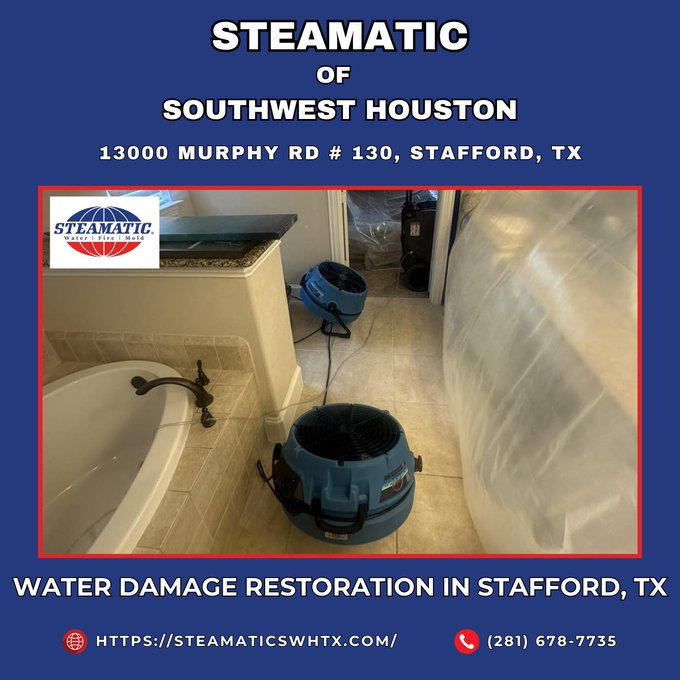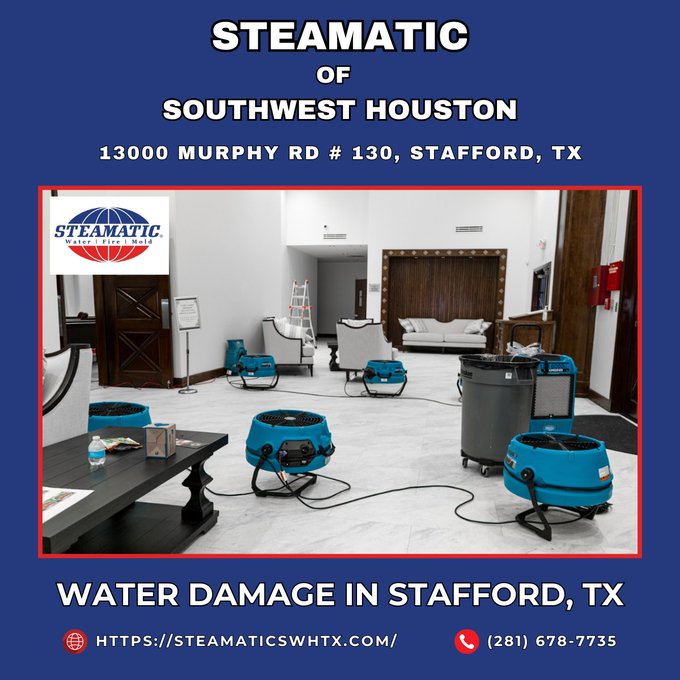
“Understanding the Role of Dehumidifiers in Drying Wet Spaces”
Introduction
Moisture is an inevitable part of life, especially in areas prone to water damage. Whether from natural disasters like floods or common issues such water damage https://steamaticswhtx.com/ as plumbing leaks, excess moisture can wreak havoc on our homes and belongings. One effective solution for mitigating this issue is the use of dehumidifiers. This article dives deep into understanding the role of dehumidifiers in drying wet spaces, covering not just their functionality but also the associated costs, restoration processes, and tips for maintaining a dry environment.
Understanding the Role of Dehumidifiers in Drying Wet Spaces
Dehumidifiers play an essential role in restoring balance to damp environments by reducing humidity levels. High humidity can lead to a plethora of problems including mold growth, damage to wooden structures, and even health issues like respiratory problems. A dehumidifier works by drawing in moist air, removing moisture through condensation, and then releasing drier air back into the space.
How Do Dehumidifiers Work?
This cycle continues until desired humidity levels are reached, typically between 30-50%.
Types of Dehumidifiers
Refrigerant Dehumidifiers
These are the most common types found in homes. They cool down coils to extract moisture from warm air.
Desiccant Dehumidifiers
Using hygroscopic materials (like silica gel), these units absorb moisture from the air without needing cooling coils.
Whole-House Dehumidifiers
Integrated into HVAC systems, they provide continuous humidity control throughout an entire house.
How Much Does It Cost to Remove Moisture from Walls?
Removing moisture from walls can vary widely based on several factors including severity of dampness and location.
- Cost Estimates: On average, expect to pay between $500-$2,500 depending on how extensive the work is.
- Factors Influencing Cost:
- Size of affected area
- Type of materials involved
- Access to walls (e.g., cupboards or furniture removal)
Understanding these costs can assist homeowners in budgeting for necessary repairs.
What Is the Restoration Cost?
Restoration costs vary significantly based on damage severity and required services:
- Mild Repairs: $1,000 - $3,000
- Moderate Damage: $3,000 - $7,000
- Severe Damage: Can exceed $10,000
Getting a professional assessment can help clarify specific restoration needs.
What Is the Profit Margin for Water Restoration?
Water restoration businesses often operate within a profit margin of approximately 20% to 40%.
Factors Affecting Profit Margins:
Keeping these factors in mind can help aspiring business owners gauge potential earnings.
How Much Does It Cost to Repair a Water-Damaged Floor?
Repairing water-damaged floors involves multiple considerations:
- For hardwood floors: Costs can range from $1,100-$5,000 depending on severity.
- For laminate: Expect between $800-$3,000.
The costs depend largely on material type and amount of floor surface affected by water damage.
Is Starting a Restoration Business Worth It?
This question depends heavily on personal goals and market conditions:
Ultimately, conducting thorough market research will better inform your decision-making process.
How Much Profit Does a Restoration Company Make?
The profitability of restoration companies varies but averages about 25% net profit margins after expenses are deducted:
- Annual Revenue: Many successful companies report revenues exceeding $1 million annually.
Identifying cost-effective strategies while providing quality service is key for long-term success.
How Much to Replace a Rotted Bathroom Floor?
Replacing rotted bathroom flooring typically ranges between $1,500-$5,000 depending on various factors such as:
- Size of bathroom
- Type of flooring material selected
- Labor costs in your area
Understanding potential costs upfront aids homeowners in planning effectively for repairs.
Can Water Damage Be Fixed In House?
Yes! Most water damage is fixable depending on several factors including:
In many cases, timely intervention prevents further complications like mold growth or structural damage.
How Much Does It Cost to Repair Drywall Water Damage?
Repairing drywall that has suffered water damage will generally cost anywhere from $300 to over $800 based on scope:
- Minor patches may only need paint touch-ups.
- Extensive replacements will cost significantly more based on wall size and labor rates.
Professional evaluations often yield more accurate estimates tailored to specific needs.
Does Homeowners Insurance Cover Subfloor Water Damage?
Homeowners insurance typically covers sudden events leading to water damage (like burst pipes). However:
Reading policy details thoroughly is essential before making assumptions regarding coverage limits.
FAQs
What happens if water gets in your walls?
If water infiltrates walls without proper mitigation efforts:
- Mold growth may occur within 24 hours.
- Structural integrity could be compromised over time leading to costly repairs.
How long does it take for water to damage a floor?
Water can start damaging floors almost immediately following exposure:
- Wood flooring may warp within hours,
- Carpets could begin absorbing moisture rapidly causing stains/mold growth over days/weeks if left unattended.
Can I buy a house with previous water damage?
While purchasing such properties isn't inherently risky:
Conclusion
Understanding the role of dehumidifiers in drying wet spaces proves crucial not only for immediate remediation but also for preventing long-term complications associated with excess moisture content within homes or businesses alike! By being informed about costs linked with restoration processes—including what it might mean should you face unfortunate incidents—individuals can make better decisions when taking charge against unwanted humidity challenges they encounter daily!
Always remember that prompt action combined with proper tools (like dehumidifiers) ensures homes remain safe havens instead of breeding grounds for mold or decay!

